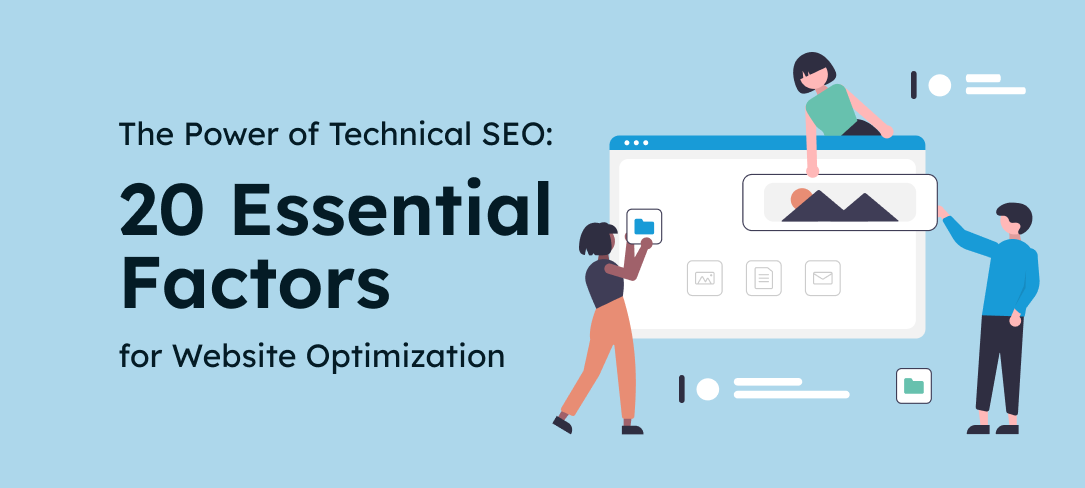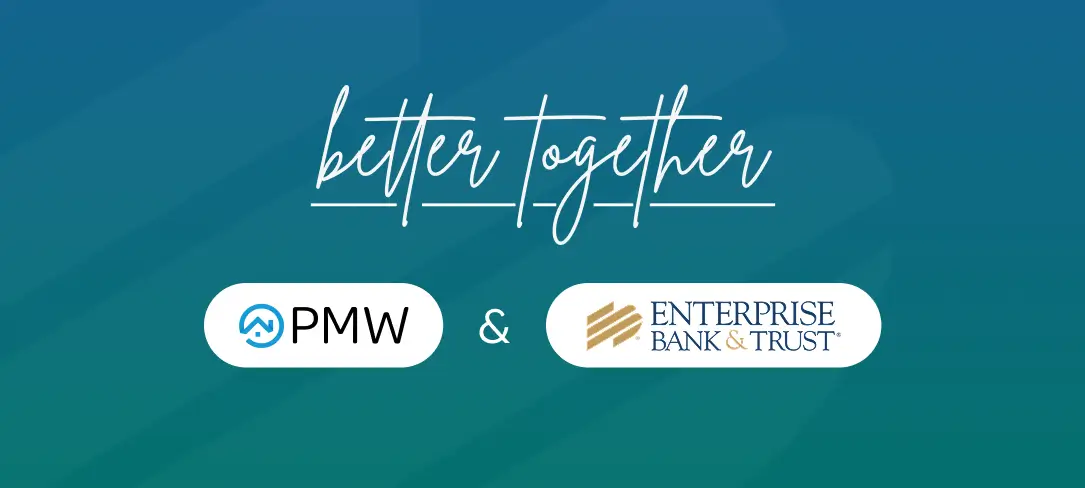In the vast landscape of digital marketing, technical SEO is the foundation upon which search engine rankings are built.
While content quality and backlinks are critical, ensuring that a website is optimized at the technical level can be the difference between first-page rankings and getting lost in the depths of search results.
From title tags to structured data, each element plays a crucial role in making a website more accessible to search engines and users alike.
Let’s explore the key aspects of technical SEO and why they matter.
1. Title Tags: The First Impression Matters
Title tags serve as the first introduction to your webpage, appearing in search engine results and browser tabs. A well-optimized title tag provides a clear, concise, and keyword-rich description of the page’s content, improving click-through rates and ensuring relevance to user queries. Crafting unique and compelling titles can significantly impact organic traffic.
2. Meta Descriptions: Enticing Users to Click
Meta descriptions provide a brief summary of a page’s content, influencing users' decision to click on a search result. While not a direct ranking factor, a well-written meta description that includes relevant keywords and a compelling call-to-action can boost engagement and increase organic traffic.
3. URL Structure: A Roadmap for Search Engines
A clean and descriptive URL structure enhances both user experience and search engine readability. Avoiding unnecessary parameters, special characters, and long strings of numbers ensures that URLs remain meaningful and easy to navigate. Consistency in URL structures across a website also contributes to better organization and indexing.
4. Header Tags: Structuring Content for Readability
Header tags (H1, H2, H3, etc.) are essential for organizing content and improving user experience. They help search engines understand the hierarchy of information on a page. Using primary keywords naturally in headers improves search visibility while enhancing readability for visitors.
5. Content Quality: The Backbone of SEO
High-quality content is paramount in technical SEO. Search engines prioritize original, informative, and engaging content that adds value to users. Implementing internal linking, avoiding keyword stuffing, and ensuring content length aligns with user intent can improve rankings and engagement.
6. Keyword Optimization: Strategic Placement Matters
Strategic keyword placement within the first 100 words, headings, and throughout the content enhances visibility. However, overusing keywords can lead to penalties. The focus should be on seamless integration that prioritizes readability while ensuring content remains relevant to search queries.
7. Image Optimization: Enhancing Performance and Accessibility
Optimizing images goes beyond reducing file sizes. Using descriptive filenames and alt text not only improves accessibility but also contributes to image search rankings. Proper compression techniques maintain visual quality while reducing load times, enhancing site performance.
8. Internal Linking: Strengthening Website Architecture
Internal linking guides users to relevant content while distributing link equity across pages. A well-structured internal linking strategy improves navigation, keeps users engaged, and reinforces topic relevance for search engines.
9. Mobile-Friendliness: Meeting User Expectations
With mobile-first indexing becoming the standard, ensuring a responsive website design is no longer optional. Mobile usability impacts rankings, user experience, and overall engagement. Testing with Google’s Mobile-Friendly Test can identify potential issues.
10. Page Load Speed: A Ranking and UX Factor
A slow-loading website frustrates users and leads to higher bounce rates. Optimizing scripts, compressing images, and leveraging caching mechanisms improve page load times. Tools like Google PageSpeed Insights provide insights for speed enhancements.
11. User Experience (UX): Keeping Visitors Engaged
A seamless user experience keeps visitors on the site longer, signaling positive engagement to search engines. Intuitive navigation, strategic call-to-actions, and minimal intrusive pop-ups enhance the overall experience, boosting conversions.
12. Structured Data (Schema Markup): Enhancing Search Visibility
Implementing schema markup helps search engines understand a site’s content better, leading to rich results in SERPs. Markups for businesses, articles, reviews, and FAQs improve click-through rates and visibility.
13. Canonical Tags: Preventing Duplicate Content Issues
Duplicate content can dilute ranking potential. Canonical tags ensure that search engines recognize the preferred version of a page, consolidating ranking signals and avoiding penalties.
14. SSL Certificate: Securing Your Website
Security is a top priority for search engines. Websites with SSL certificates (HTTPS) benefit from improved rankings and enhanced user trust, making encryption a crucial element of technical SEO.
15. Sitemap & Robots.txt: Guiding Search Engines
A well-structured XML sitemap facilitates better indexing, while an optimized robots.txt file prevents search engines from crawling unnecessary pages, improving efficiency and focus on essential content.
16. Social Sharing Buttons: Encouraging Content Amplification
While social signals may not directly impact rankings, they influence visibility and engagement. Placing social sharing buttons strategically encourages content distribution, increasing exposure and potential backlinks.
17. Breadcrumb Navigation: Improving Site Hierarchy
Breadcrumbs provide a clear path for users and search engines to understand a website’s structure. This enhances navigation and user experience while supporting internal linking strategies.
18. Content Freshness: Staying Relevant
Regular content updates signal to search engines that a site remains active and relevant. Blog updates, market insights, and industry trends help maintain rankings and engagement.
19. 404 Pages: Turning Errors into Opportunities
A well-designed 404 page prevents user frustration by guiding visitors to relevant pages instead of leaving them at a dead end. Customizing these pages improves retention and encourages continued browsing.
20. Language Tags (Hreflang): Optimizing for Multilingual Audiences
For websites with international audiences, hreflang tags ensure that users see content in the appropriate language. This reduces duplicate content issues and improves search visibility across regions.
Conclusion: The Foundation of Long-Term Success
Technical SEO is the unsung hero of search engine optimization. It provides the infrastructure needed for content to thrive. Implementing these essential elements ensures that a website is not only discoverable by search engines but also delivers an optimal user experience. By focusing on these technical factors, businesses can build a strong foundation for long-term search success and digital growth.
Ready to unlock your website’s full potential? At PMW, we specialize in helping property management companies turn technical SEO into tangible results—more visibility, more leads, and more growth. If you're ready to strengthen your digital foundation and climb the search rankings with confidence, schedule your free consultation with PMW today. Let’s optimize your future, one technical element at a time.
Additional Resources:
How AI-Powered Search Is Changing SEO for Property Management Companies in 2025







